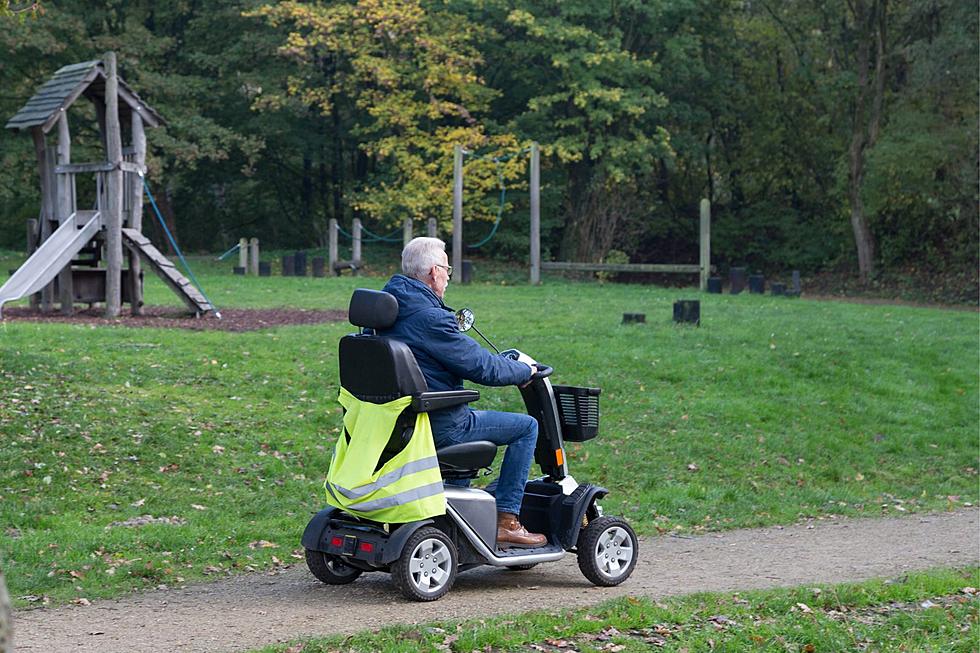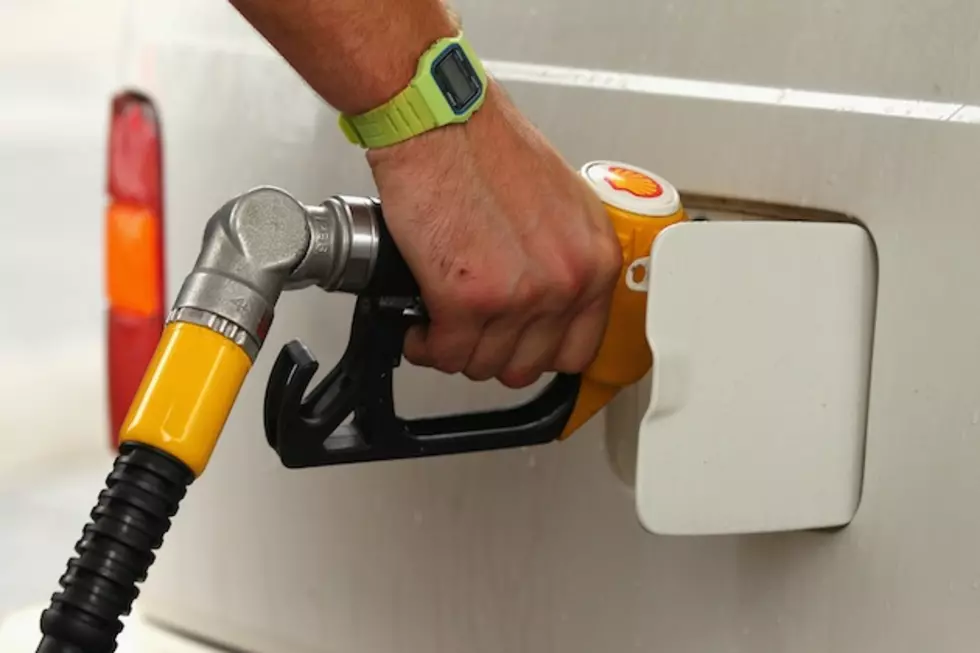
What to Do If You Hit a Deer in New York State
New York is reeling from a record number of car crashes caused by deer. What should you do if you accidentally hit one?
Roughly 70,000 crashes caused by wild animals happen every year in the Empire State, which is equivalent to one animal-related crash every 16 minutes.
Unfortunately for us, we're right in the middle of the season where drivers are most likely to get hurt. It is currently the deer mating season, also called rut, and that means deer are hustling to find a mate.
A Record Number of Accidents
AAA Northeast is warning New Yorkers that there's been a shocking rise in deer-related car collisions this year.
So far in 2023, "animal action" has caused 36,743 crashes in the state. That number ties the record set in 2018 and is actually 2,500 more than the number of incidents reported in 2021 - and we're not even done with the season.
Read More: New York State Home to 6 of the "Rattiest Cities" in America
According to data from Traffic Safety Management and Research, roughly 1,675 drivers were injured in these incidents so far in 2023 Two people have died.
Drivers are urged to be aware of their surroundings when on the road, to lower their speeds and to exercise increased caution when driving during the hours deer are most active - which is dusk and dawn.
It should also be advised that we are approaching deer hunting season in New York, and hunters can start a half hour before sunrise and ends a half hour after sunset.
The regular season opens November 18 in the "southern zone" of the state, while those in the "northern zone" are able to hunt deer now through December 3.
What to Do If You Hit a Deer
Apparently, drivers here have a 1 in 133 chance of hitting a deer with their car.
In New York State, those who've hit a deer are expected to pull over their car immediately and put on their hazard lights to alert other drivers.
Drivers are then expected to call police and provide the exact location of the deer strike. They should then wait for authorities to arrive, as you may be needed to file a report in order to start a comprehensive insurance claim.
However, most companies don't require one, but a police report can protect you if your insurance carrier doesn't think your accident is worthy of coverage.
There have been stories of claims adjusters not validating drivers' claims they hit a deer and thus paying for repairs under their collision coverage.
On the topic of insurance, a police report might also help out if you sustained any injuries or property damage in the accident.
Read More: National Poll Puts New York Drivers Among Worst in Country
It is also encouraged that drivers not try to put the animal out of its misery and instead leave the responsibility to others. Besides, it's not just unsafe - it's also illegal.
However, New York allows the owner of the vehicle that hit a deer to keep the carcass for consumption.
New York Upstate says in order to collect it, drivers must report the strike to the authorities in order to obtain a "carcass tag." That will then allow the deer to be taken home or to a butcher.
Finally, drivers should consider requesting a tow truck to take their vehicle to a place that can check for damage. While deer are capable of leaving incredible, visible damage, the force could cause invisible issues that can make a car unsafe to drive.
How to Avoid Hitting a Deer
New York's Department of Transportation strongly advises motorists to be aware that deer normally travel in groups, so if you see one on the road, it's best to slow down to make sure it's not being followed by friends.
Motorcyclists are especially advised to be on alert since motorcycle-deer collisions have an even higher fatality rate.
NYSDOT released its annual list of habits all drivers should adopt during this time of year:
Briefly use flashers or a headlight signal to warn approaching drivers when deer or moose are spotted in or near the highway;
Be especially alert and use caution when traveling through frequent deer or moose crossing areas, which are usually marked with “leaping stag” or moose signs;
Do not rely on devices, such as deer whistles, extra lights or reflectors, to deter deer. Research has shown that your best defense is your own responsible behavior.
If a deer does run in front of your vehicle, brake firmly but do not swerve. Swerving can cause a vehicle-vehicle collision or cause the vehicle to strike a pedestrian or potentially deadly fixed object, such as a tree or utility pole.
A recent survey by the U.S. Forest Service, the areas that suffer the most animal strikes in the country tend to be two lane roads that have a speed limit of 55 miles per hour.
Good to know considering state wildlife officials say our deer population is exploding. The most current estimate believes we have nearly a million deer in the Empire State, with officials putting their population at around 900,000.
Read More: Old Farmer's Almanac Predicts Cold, Snowy Winter
So, with close to a million deer ready to spring across the roads - it's best to buckle up, slow down, put your high beams on, and don't become a statistic.

10 Things To Keep Deer And Rabbits From Eating Your Plants In NY
Gallery Credit: Brett Alan
More From WIBX 950









